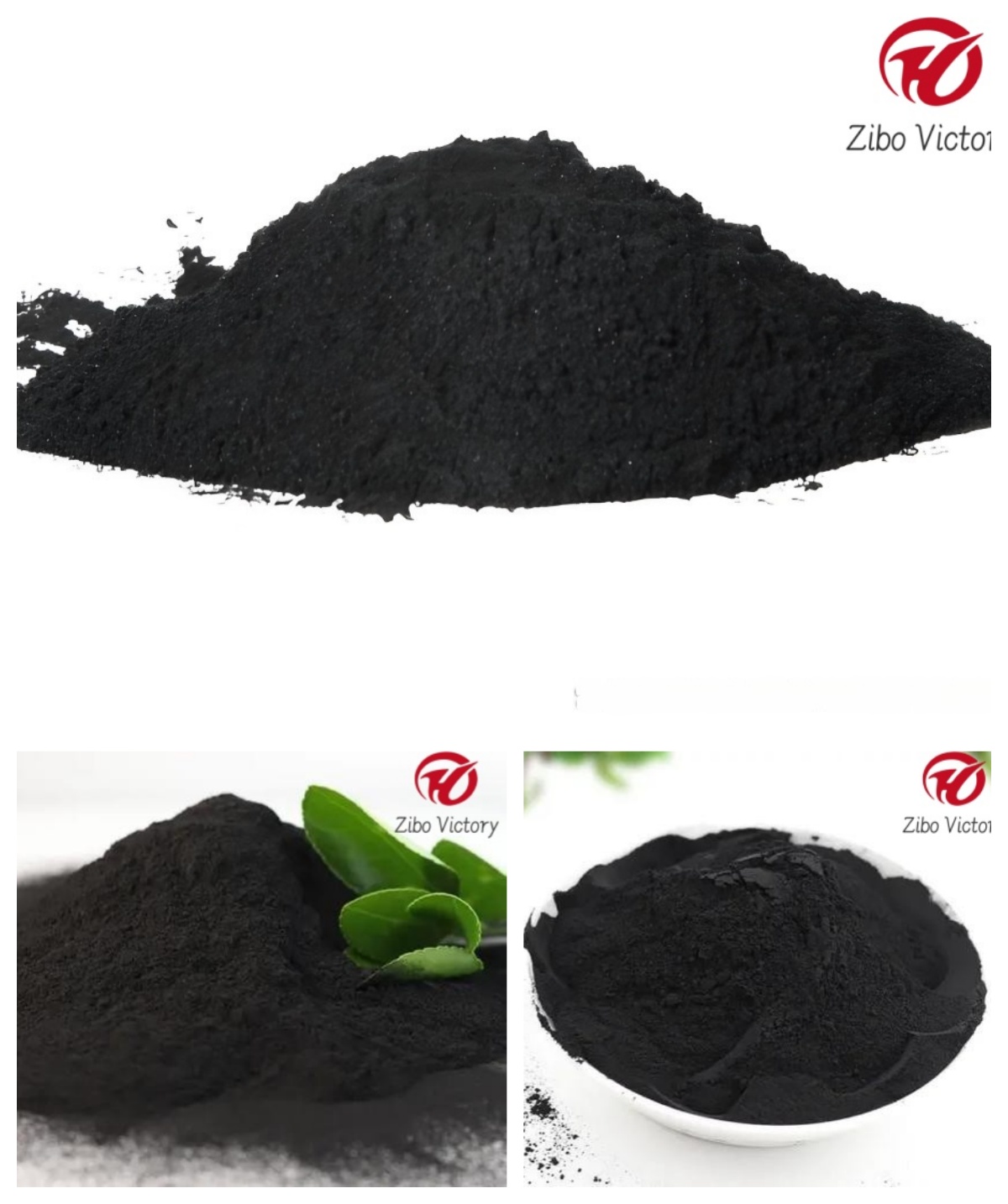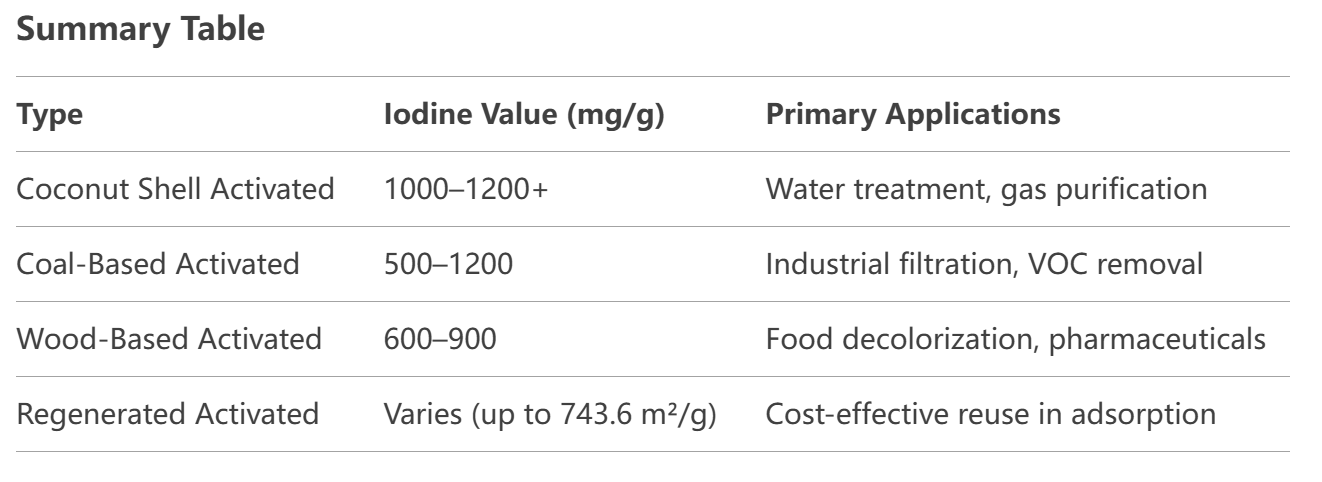What is the iodine value standard of activated carbon?

http://zibovictroy.com/catalog-10.html
The iodine value standards vary depending on the type of activated carbon, its raw material, and intended application. Here’s a detailed breakdown:
1. General Range of Iodine Values
Activated carbon typically has iodine values ranging from 400 mg/g to 1200 mg/g or higher, depending on its production method and source material. For example:
Coconut shell-based activated carbon often has higher iodine values (e.g., >1000 mg/g) due to its microporous structure, making it ideal for water purification and gas adsorption 911.
Coal-based activated carbon may have iodine values between 500–1200 mg/g, suitable for industrial applications like gas purification and wastewater treatment 9.
Wood-based activated carbon generally falls in the 600–900 mg/g range, used in food processing and decolorization 911.
2. Application-Specific Standards
Water Treatment: High iodine values (e.g., >1100 mg/g) are preferred for removing organic contaminants like pesticides, herbicides, and trihalomethanes (THMs) 49. Products designed for pressure swing adsorption or tap water purification often emphasize iodine values above 950 mg/g 9.
Air Purification: Activated carbon with iodine values around 400–800 mg/g is commonly used for adsorbing volatile organic compounds (VOCs) and odors 9.
Food and Pharmaceutical Industries: Iodine values of 600–900 mg/g are standard for decolorization and purification processes 911.
3. Regeneration Impact on Iodine Value
Microwave regeneration of spent activated carbon can restore iodine adsorption capacity. Studies show that regenerated activated carbon achieves surface areas up to 743.6 m²/g and iodine values comparable to virgin carbon when processed at optimal temperatures (e.g., 900°C for 40 minutes) 8.
4. Quality Certification
Manufacturers often adhere to standards like ASTM or AWWA, with iodine value being a key parameter in product specifications. For example, some suppliers offer activated carbon with iodine values customized to meet specific industry requirements 911.
5. Key Factors Influencing Iodine Value
Raw Material: Coconut shell and wood-based carbons generally yield higher iodine values than coal-based variants 911.
Activation Method: Chemical activation (using agents like KOH or H₃PO₄) often enhances porosity and iodine adsorption compared to physical methods 9.
Pore Structure: Microporous carbons (pore diameter <2 nm) exhibit higher iodine values due to greater surface area




 Send Email
Send Email +8613325203316
+8613325203316